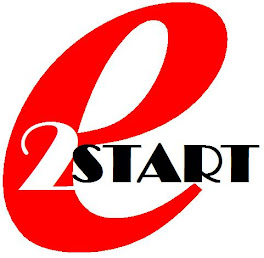DMOSS - Successful Contingency Plans for Supply Risk Management
(CopyRight 2009; Benjamin Goh, www.bensglobal.com)
To ensure that there will be a much higher rate of success for the contingency plans to work, exercise true resilience by attacking supply chain risks from all angles and having operational, tactical, and strategic plans to deal with it.
......
......
The strategies for building resilience into the supply chain and mitigating risk can be illustrated as DMOSS :-
......
D for Design for Maximum Postponement. Design products and processes to enable build-to-order operations and allows for parts and semi-finished materials to satisfy shortages.
......
M for Manufacturing Versatility. Design production processes and facilities to be interchangeable among different products with as many generic parts as financially viable as possible. Also cross-train resources on several processes so as to allow flexibility in resource deployment wherever the need is.
......
O for Operations Management. It is most essential to establish clear expectation with suppliers and also to provide timely feedback to suppliers when performance fails to meet expectation. Establish substitution options and be ready for any impending shortage. Work closely with strategic suppliers for purposes of optimizing cost, inventory, processes and flexibility.
......
S for Synchronic Operations. Run various processes concurrently from product development through production ramp through production and finally, distribution. This is to minimize time to market, reduce time to recover from supply interruptions and to improve overall process efficiency.
......
S for Sourcing (Risk-mitigating) strategies. Develop a contingency plan for every foreseeable supply chain disruption and establish initiatives to minimize the possibilities of preventable disruption. Always be equipped and prepared for immediate execution of the contingency plans upon a supply chain disruption.
......
In conclusion, in order to ensure contingency plans to work in times of supply chain disruption, adhere to the above as well as establish a corporate culture that will consistently look for ways to mitigate risks and jointly take ownership to execute contingency plans upon any disruption. Examples of ways to mitigate risks include but not limited to the establishment of market intelligence, price hedging, collaboration with suppliers and partners, establishment of incentives for successful execution of contingency plans, reduction of cycle time, cross-training within the organization for purposes of resource backup and establishment of clearly written supplier contracts that penalize non-compliance, etc.
Subscribe to:
Post Comments (Atom)

No comments:
Post a Comment